Physicist Dr Alex Hubert, a Kent graduate, writes a personal account of the troubling history that lies behind his field of expertise. A weary PhD student approaching the end of writing my thesis, I needed to look up the original paper [1] of the convergent beam electron diffraction (or CBED) technique [2]. Before I had …
Category: Articles
A collection of articles written by students in the Centre for the History of the Sciences at the School of History, University of Kent.
Sep 23
How I came to study Science Communication and do research on Extinction Rebellion
Student Anna Fry introduces her MA Science Communication dissertation on Extinction Rebellion Having struggled through the first year of a Biology degree I was hit with the realisation that, while I had a love of science, the lengthy lab sessions were simply not my thing. Fast forward a few years and one History degree, I …
Feb 20
Tom Ritchie discusses Shapin, Meccano, and the Hartree Differential Analyser
You have to use what you’ve got; if you don’t have the stuff, you can’t do the thing. Inspired by this quip from Ben Russell (Curator of Mechanical Engineering at the Science Museum, Kensington), my latest Ph.D. chapter considers the ways in which the stories of the Hartree Differential Analyser have been changed in …
May 17
Emus in space: visualising western and indigenous knowledge
2-image display for Yamajiart Exhibition 2007. The Emu has great spiritual significance for the Aboriginal people for many male-kin initiation ceremonies. Their sacred role was (is) embedded deeply in place-based cultural attachments.1 Emus were a primary food source during the seasonal egg cycle, and remain frequent subjects in aboriginal art, reflecting their importance in …
Nov 09
We Have Never Been Silent
by Daniel Belteki In my research on the history of the Airy Transit Circle, I am attempting to introduce the concept of assemblage to illuminate both the internal and external multiplicity of singularity objects in their material and non-material contexts (not to be confused with interpretive flexibility which highlights the multiplicity of the interpretations of …
Jul 01
‘Visualising dynamic theories, what diagrams of molecular pathways represent’ by Filippo Guizzetti
Visualisation is a constitutive and essential part of the scientific activity. From basic research to the production of evidences (Amann and Knorr Cetina 1988), from the development of scientific theories to the stage of public evaluation, several methods of representation are the root from which the scientific discourse unfolds (Pauwels 2006, p.vii; Lynch 1988, p.153). …
Apr 06
‘Describing Albrecht Dürer’s Philosophy and Practice of Drawing and to What Extent His Drawings Reflect the Way Nature was Perceived at the Time’ by Larissa Warneck
Introduction Albrecht Dürer was one of the leading artists of the Renaissance. His innovative ideas in geometry and the proportion of the human body, his realistic representation of nature, and his imagination in probing new printing techniques, lead to his reputation as the Leonardo Da Vinci of Northern Europe. In this essay I am going …
Jan 15
Industrial Gas Museum, Athens – Creating and sharing knowledge about society
This guest post is by Dimitrios Sakellariou, who is currently a student on the Science, Communication and Society MSc programme, which fed into class discussions on the role of museums during the History of Science and Communication core module. “Can a museum be the means for social change?”, I asked myself when I visited the …
Mar 04
The Festival of Britain (1951): Shaping citizens for science
This guide to the 1951 Festival of Britain, as well as two contemporary documentaries, Festival in London (1951) and Brief City (1951-2), show that the Festival clearly inspired contemporary notions of science and the post-war citizen. These sources also show that such notions inspired the development of the Festival itself. They show the importance of …
Jul 18
Officer! I moustache you a question: The Science of Selecting Soldiers in WWII
Which type of fine- follicled fellow would you pick to be an officer: trimmed, divided, clipped, line or bushy? Wartime researcher G.R. Perberdy gave the matter considerable thought, compiling data on the facial hair of hundreds of participants – whom he helpfully notes were male – that went through the War Office Selection Boards (WOSBs) …
- 1
- 2



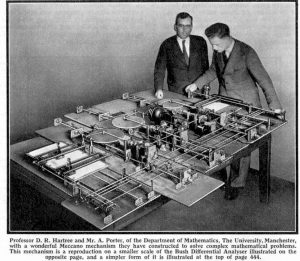
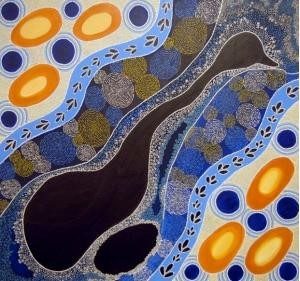
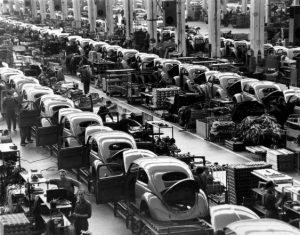

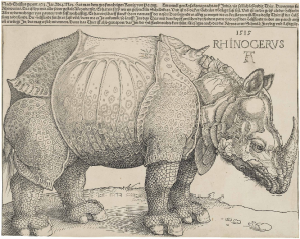

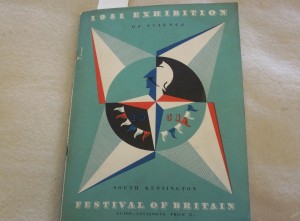
Recent Comments